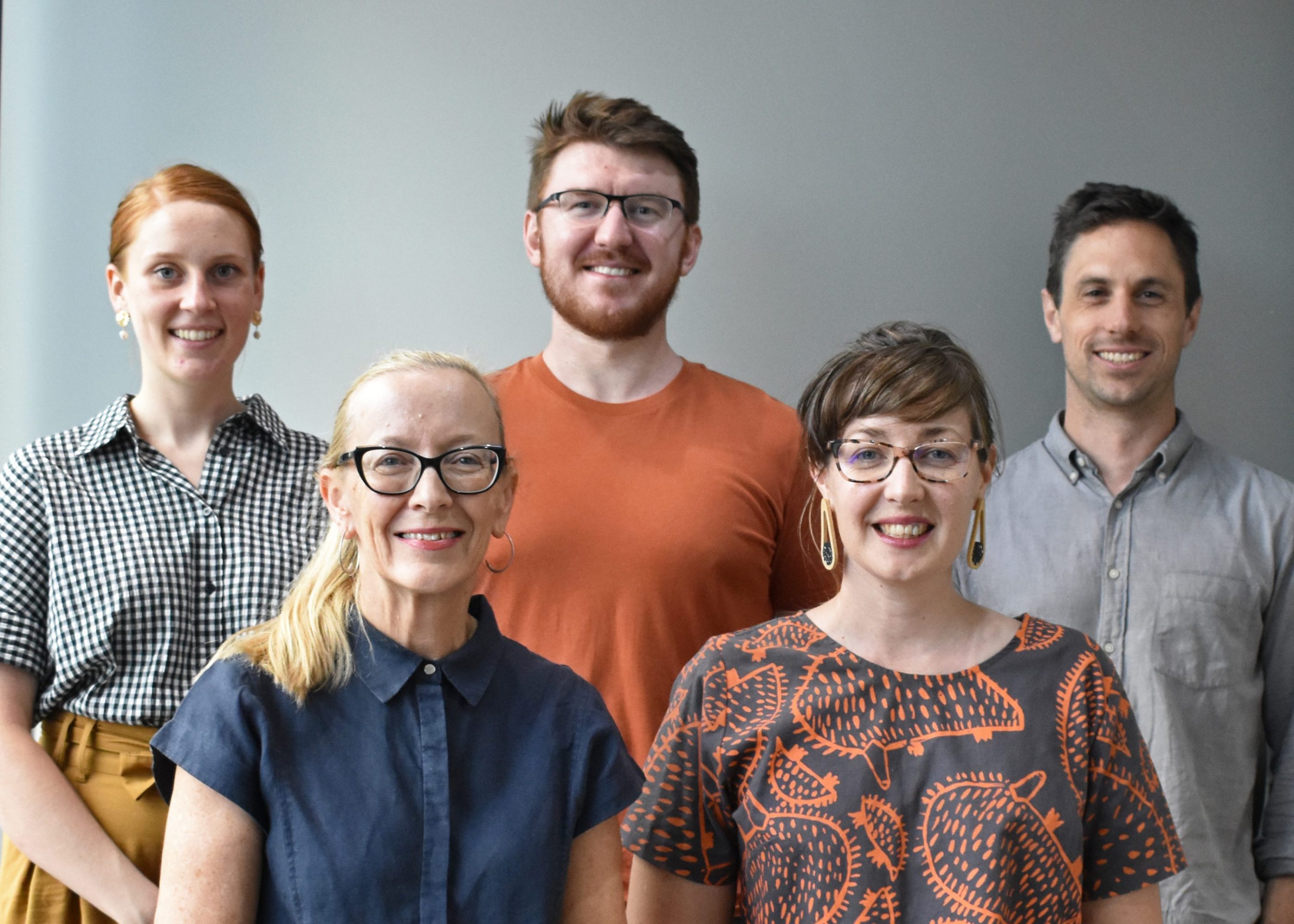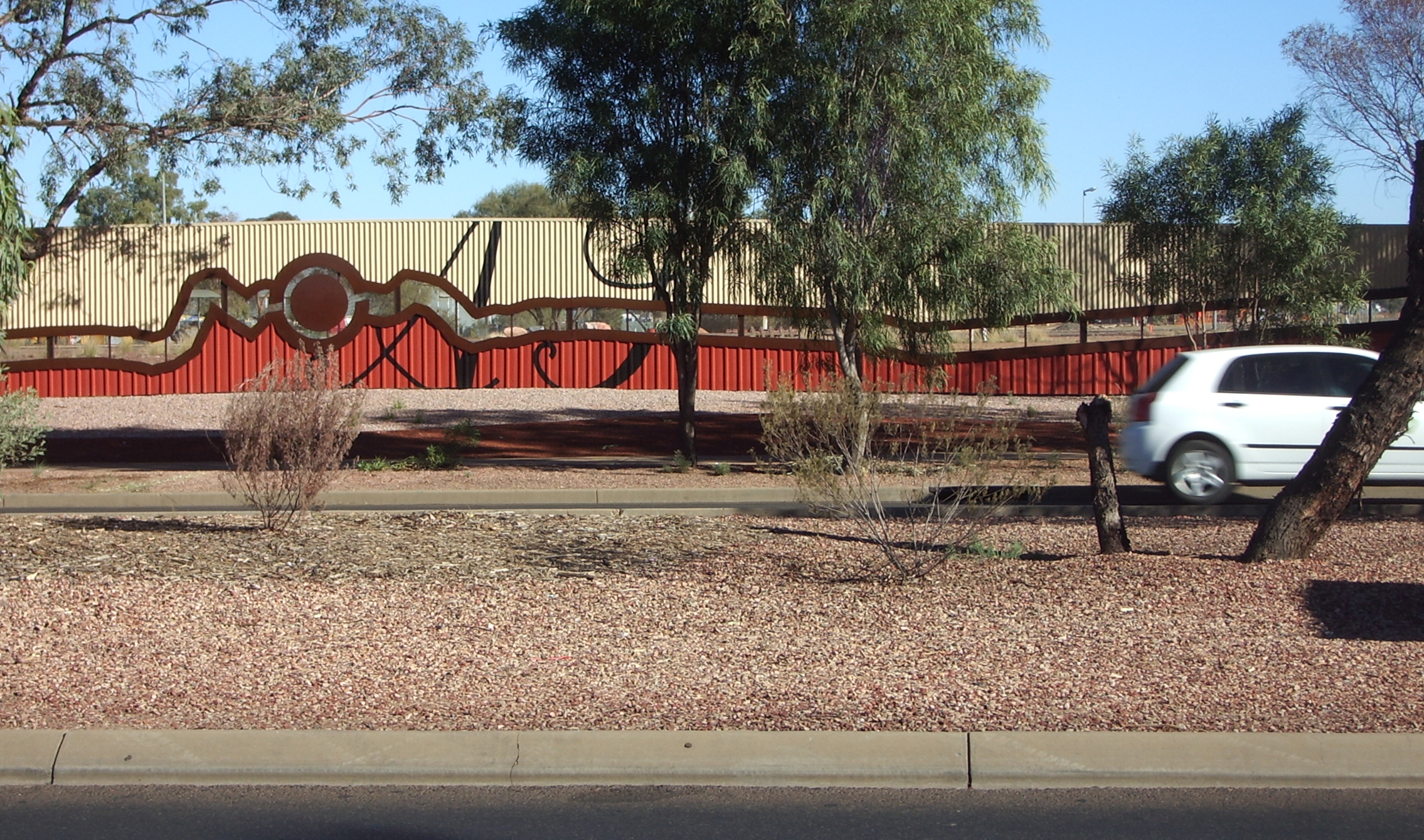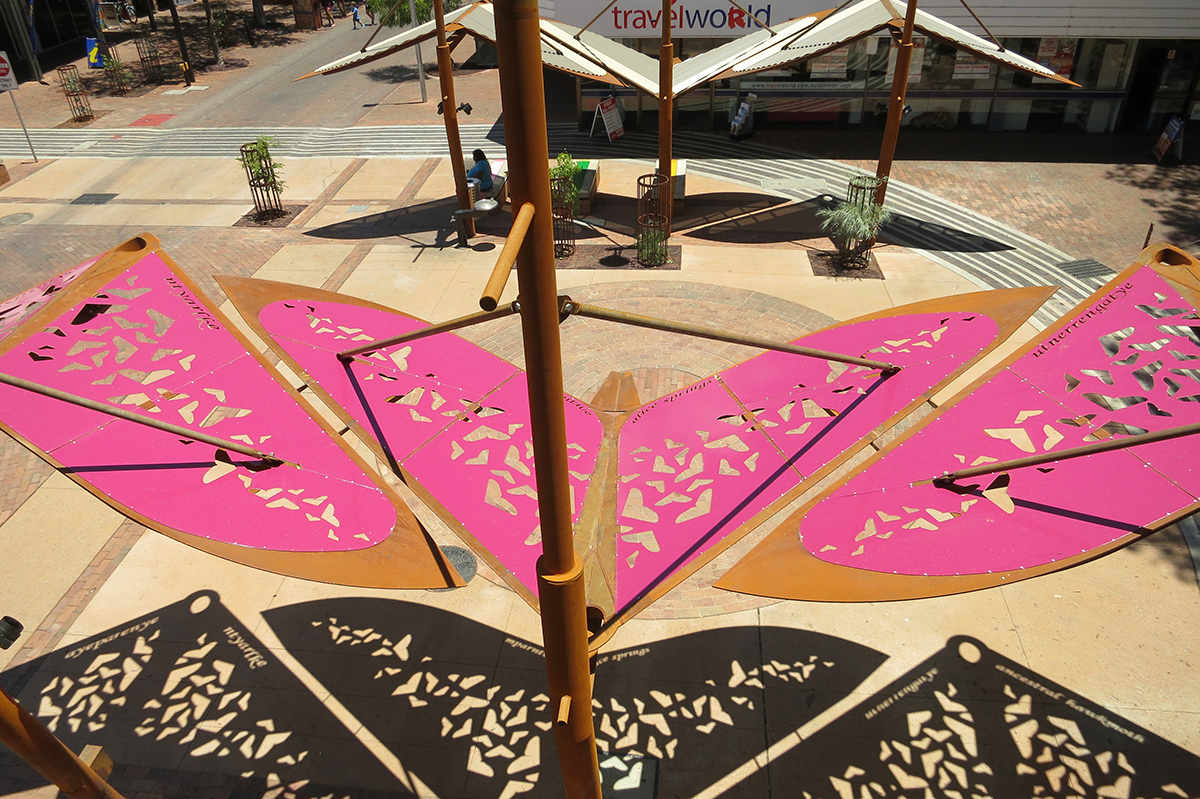Susan Dugdale & Associates

The small, busy team at Susan Dugdale and Associates have found that reputation and relationships are key when working in a remote regional location like Alice Springs. Over 20 years the practice has developed a reputation for practical in-depth knowledge of the local building industry, good processes and good design, which in turn has attracted smart young architects to join the practice.
Background
When was the practice established and what were its early ambitions? How has the practice evolved over time?
The practice was established in Alice Springs in 2000. Our early ambition was to create aspirational architecture through engagement with the local community, responding to the central Australian environment, and contributing to the development of a regional identity.
What is the practice philosophy?
Our philosophy is to add value to every project we take on, as well as dealing with the architectural essentials. Each project has different potential – we might add value through clever design, wringing value out of a tight budget, following up Indigenous employment possibilities, collaborating with artists, or taking care to develop a responsive brief by understanding our client’s perspective.
Can you tell us about a key project or business initiative that provided a turning point in the life of the practice?
The Stuart Highway fence (below) was a relatively small project but for a long time was our best-known project in Alice Springs, partly due to its prominence, but also due to its story-telling potential. Locals feel they know what the fence is representing and are keen to explain it to visitors, so have a sense of ownership of the project. This reinforced for us the value of client ownership of a project, particularly the ‘big client’ – the whole community.

Lessons Learned
What are some of the most important business lessons you have learned?
Working in a small community (Alice Springs has a population of 27,000) has potential risks and also benefits. The risk that would seem to be the obvious one – too small a pool of work to support an architectural practice – has not been a problem in 20 years.
In a small town, reputation and relationships can be both developed strongly and broken badly when ‘everyone knows everyone’, and your builder on one project is your client on the next.
Being ahead of the game can count for a lot – of the several architecture practices in Alice Springs, we were the first to get a website, so young architects looking for work when they came to Alice would typically contact us first after Googling local architects. Similarly, adopting Revit 3D as our documentation platform fairly early has been a great benefit – I can thank our younger employees for this initiative.
What have been the biggest challenges and successes in recent years?
A major challenge has been working in a business environment where the engagement of architects and consultant teams is a race to the bottom line, and most organisations procuring architects’ services have little idea of the value they can get from architects.
Recruitment is always hard in our remote location (Alice Springs), especially senior staff. New staff typically have to relocate their lives and their families to Alice Springs, which is a lot to ask anyone. The flip side is that a lot of graduates are interested in working with us – perhaps due to the romance of our remote location, and for some a desire to engage with Indigenous communities.
Our major success has been slowly developing a reputation for a practical in-depth knowledge of the local building industry, good processes and good design, which in turn has attracted smart young architects to join the practice.
Does the remoteness of your NT location provide additional obstacles to overcome?
As mentioned above, recruitment of staff is a considerable obstacle.
The COVID-19 year has turned what used to be an obstacle – having to work with subconsultants remote from our practice – into a strength. We hardly missed a beat in 2020 as a lot of our communication has always been remote, often working across three states on even quite small projects.
2020 was a challenging year, with many restrictions and additional stresses. What did you miss most about ‘normal’ practice life? Were there any positive changes that you plan to take forward post-COVID?
The Northern Territory had a very limited lockdown period so our working lives weren’t affected much. However, restrictions on travel limited our holiday plans along with everyone else in Australia.

CBD Revitalisation (above and below)

Business
What are the biggest issues involved in running the practice in 2021?
The volume of work we are carrying has ramped up considerably this year, including a couple of larger (for us) projects in other urban centres, so a fair bit of travel is on the cards. For me as sole practice director this means delegating more, and investing in the development of practice and project management systems.
How has technology impacted on how you conduct business?
There is a lot of technology in an architectural practice these days and it is a constant learning curve, requiring an investment in time and dollars, and also in optimism and acceptance of continual change – starting from 20+ years ago (learning how to attach a file to an email!), to 3D digital drafting platforms, rendering software, BIM, remote video conferencing, cloud-based storage and management systems, VOIP, wifi, the list goes on.
How do you market your practice?
We don’t have a marketing strategy or budget, so we do very little dedicated marketing. We tend to rely on our local reputation and relationships,which is possible in a small, remote location. We also leverage other activities to get some marketing benefit, in particular the AIA architecture awards. They provide the impetus to get decent photographs, articulate the rationale and wins of a project, and to link it to a wider set of values. This is all good raw material for our website, and for talks and articles about our work.
I like the idea of entering competitions but we haven’t entered one for a long time. The last proper competition we entered ended up, via a circuitous route, with our work featured at the Venice Biennale. Our clients and projects are very diverse, so I struggle to think what platform or media we could use to reach our unknown future clients.

MPH HQ
Future
What are the ambitions for the practice?
Essentially to do more of the same, but to keep doing it better. This is about the value-adding that I mentioned earlier. Hopefully our future work will be more sustainable, more socially responsible, develop more capacity in the local construction industry and wider community.
I think that for architectural practices, size hardly matters. I like the idea of collaborating with other practices. We are just commencing a project on this basis, which is exciting. By joining forces with other architects, we can hopefully work on bigger projects and learn more from our peers.
Where do you see the business in the next five years?
Not too different to now.
If you had one piece of advice for someone starting out, what would it be?
Treat it as a lifelong learning endeavour.
ACA
How long have you been a member of the ACA?
Almost three years.
What do you see are the main benefits of membership?
Practice support and peer relationships. I was impressed by the ACA’s ability to respond quickly to the COVID-19 situation, and appreciated the resources and support that was offered.
What future initiatives would you like to see the ACA pursue?
I would like the ACA and the AIA to align with each other and become complementary organisations. I’m not sure if that’s possible as they are very different organisations at the moment – in age, in internal culture, and a lot more.
As recruiting staff is one of our main challenges, we would appreciate any support the ACA could offer in this space.

ASTC Garden Cemetery Chapel
Photos: Peter Barnes, Pip McManus, Gary Annett
